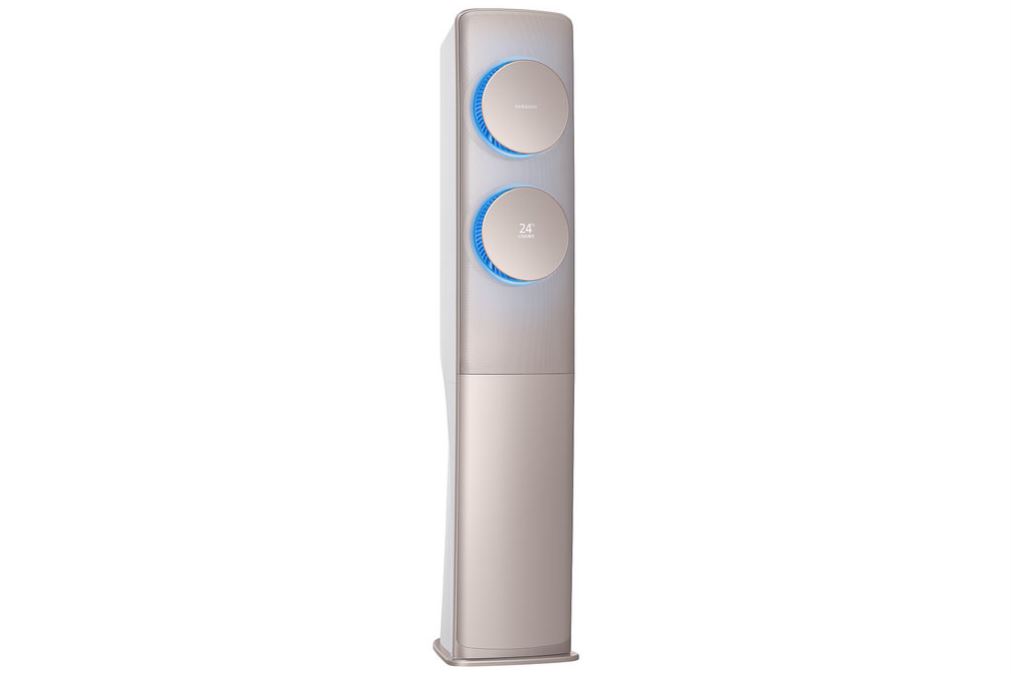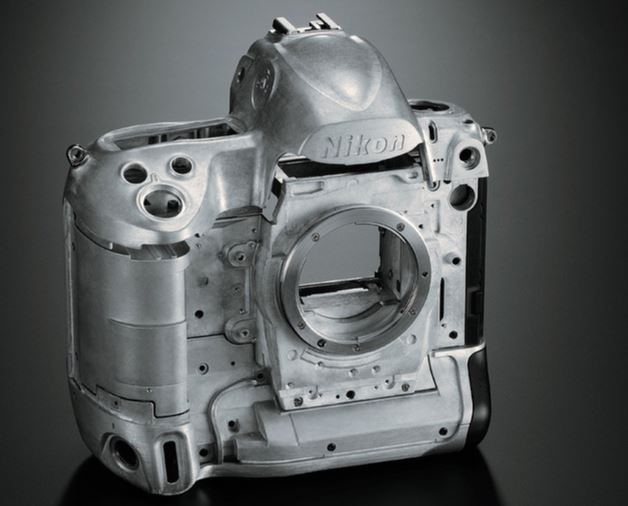You would think that metals are typically used for the most part in building and bridge construction. But today, thanks to technological advances, their use has expanded enormously.
In this spirit, The Steel Wire highlights the innovative use of metals in household appliances and electronic devices from air conditioners and cameras to laptops. Read on to see how innovative applications of metals have the power to present a new, more efficient way to live.
Breeze-Free Air Conditioner with Metal Cooling Panel
There may have been those even in the heat this past summer who didn’t want to use air conditioners due to direct blasts of cold air. Here’s good news: Samsung’s “breeze-free” air conditioner, Q9500, maintains a stable room temperature without blasting a single column of strong and direct wind.
How can air conditioners be “breeze-free”?
The company used a metal cooling panel and a micro hall-based air current passage system that constantly changes the direction of the air. Cold air is sent through 135,000 tiny holes and the short airways can reduce energy use by 65 percent. Also, climate control settings can be adjusted directly via smartphones using IoT technology based on weather data.

Samsung’s breeze-free air conditioner, Q9500, comes with metal cooling panels and 135,000 micro holes which maintain a stable room temperature without blasting strong and direct cold air. (Source: Flickr)
The even distribution of cool air allows air conditioners to naturally blend in as part of any space or room it occupies and eliminates the discomfort of direct, cold air.
Lightweight & Durable Cameras with Magnesium Construction
Global camera brands have long been searching for ideal materials to meet consumers’ needs for lightweight, mobile and durable cameras. For this reason, one of the prestigious features of top-end cameras in the market today is magnesium construction. This is due to magnesium’s lightness, strength and ability to shield users from electromagnetic waves. Magnesium is, in fact, the lightest structurally-used metal in the world with a greater strength-to-weight ratio than that of aluminum. This allows magnesium electronics bodies to be thinner and lighter.
For instance, the exterior shell of the Nikon D3 is made of a magnesium alloy. The product’s magnesium-alloy camera frame effectively protects the camera from invasive dust, moisture and electromagnetic interference with a self-diagnostic shutter mechanism tested to exceed 300,000 cycles.

The Nikon D3s’ magnesium-alloy camera frame effectively protects the camera from invasive dust, moisture and electromagnetic interference.(Source: Flickr)
Ultra-light Laptop with Duralumin
Over the years, new technologies have pushed PC makers to build ever lighter and thinner laptops with premium materials. Samsung also started to pursue metals that are lightweight yet durable. In the past, the company used magnesium-lithium sheets from overseas suppliers in order to keep their laptops lightweight. The sheets had good machinability but low hardness, making them vulnerable to dents. In order to overcome this, the company turned to POSCO’s specially designed magnesium sheets, duralumin*, known for its high-strength and lightweight qualities. In 2016, POSCO began supplying its magnesium sheets for the Notebook 9 that is just 840g. In 2017, the Samsung Notebook 9’s weight was brought down even further to 799g.
These magnesium sheets, made with a rapid solidification process that is capable of precision control, are tempered several times and undergo special heat treatment until they reach a final thickness of 0.5mm. POSCO succeeded in increasing the surface hardness by more than 20 percent and the yield strength by more than 50 percent, compared to its competitors, while still maintaining a high level of machinability.
Such advancements in lightweight and high-strength materials have allowed people the flexibility, mobility and convenience to work on the go and reduce inefficiencies.
*Duralumin is a high-strength aluminum alloy made by mixing copper, magnesium and other elements.

POSCO supplies magnesium sheets for Samsung Electronics’ 2017 model of Samsung Notebook 9 that touts ultra-light, high-strength metal materials. (Source: Samsung Newsroom)
In today’s world, it’s hard to imagine life without electronic appliances and devices that provide a better quality of life. In a way, the invention and evolution of such products have redefined the way people live, work and play. The application of innovative materials has sped up and continues to allow manufacturers to add value to their products.

